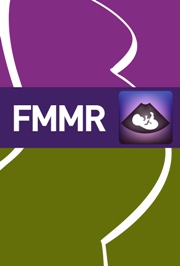No CrossRef data available.
Article contents
IMMEDIATE POST-NATAL AIRWAY MANAGEMENT WHERE THERE ARE ANTENATAL CONCERNS
Published online by Cambridge University Press: 03 May 2016
Extract
Management of the antenatal compromised airway is a situation that can at best be controlled and managed in a way that is safe for both mother and baby. As the 16th century author, Miguel de Cervantes wrote “Forewarned, forearmed; to be prepared is half the victory”, in a similar fashion we, as clinicians involved in the management of neonatal airways must recognise and prepare for all eventualities in order to produce the best outcomes for our patients. In this review, we discuss strategies in managing the compromised neonatal airway along with specific pathologies that may cause post-natal airway compromise. With each sub-group of pathologies, we suggest potential strategies that can be considered in their management.
- Type
- Review Article
- Information
- Copyright
- Copyright © Cambridge University Press 2016


